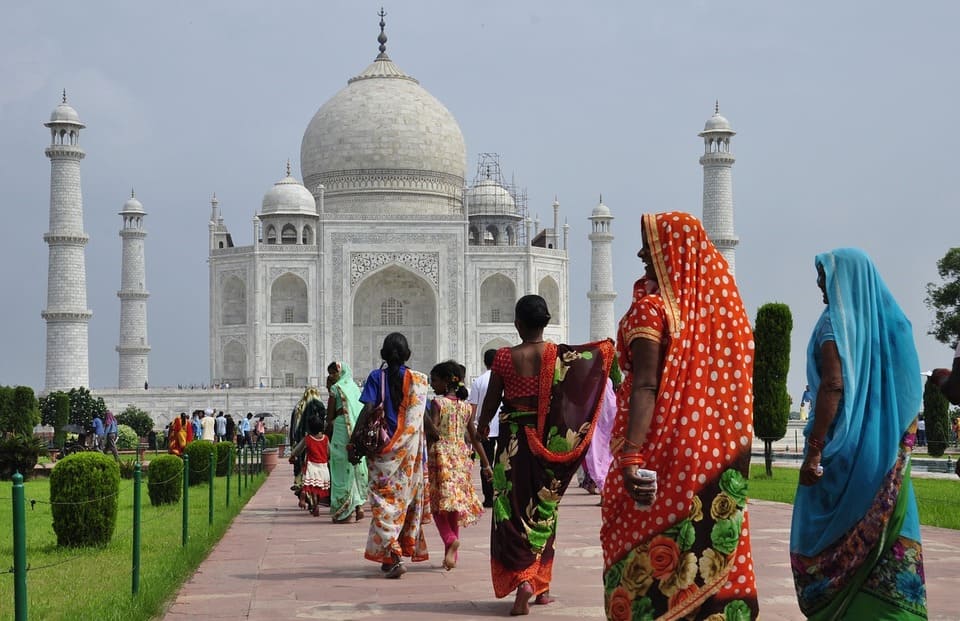
What Makes Hindi a Difficult Language to Translate
Hindi is one of the most widely spoken languages in the world, with nearly 425 million people in India speaking it as their first language and millions more using it as a second language. Outside India, Hindi-speaking communities are found in countries such as South Africa, Mauritius, Bangladesh, Yemen, and Uganda. While its global presence is significant, translating Hindi involves addressing challenges like complex grammar, diverse dialects, and cultural nuances. This blog examines the unique aspects of Hindi translation and the factors that contribute to its complexity.
Why Hindi Translation Is in High Demand
Hindi is one of the most widely spoken languages in the world, with hundreds of millions of speakers in India and significant communities abroad. In India, where both Hindi and English are widely spoken, providing content in both languages is essential for reaching the broadest audience. This is particularly important in industries such as education, healthcare, e-commerce, and entertainment, where accessibility ensures inclusivity for millions of Hindi speakers. Globally, the demand for Hindi translations is driven by large Hindi-speaking diasporas in countries like the United States, Canada, the United Kingdom, and Australia. Furthermore, as India continues to grow as an economic powerhouse, businesses, governments, and organizations increasingly require Hindi translations to connect with its diverse population. International companies also seek Hindi translations to localize their products and services, making them relevant and appealing to one of the world’s largest and fastest-growing consumer markets.
What Makes Hindi-English Translation Challenging
- Script and Pronunciation - One of the most apparent distinctions between Hindi and English is the script. Hindi uses the Devanagari script, while English utilizes the Latin alphabet. The pronunciation of Hindi sounds, such as vowels and consonants, may differ from English, requiring learners to adapt to new phonetic patterns.
- Vocabulary and Grammar - Hindi and English differ significantly in vocabulary and grammar. Hindi vocabulary draws heavily from Sanskrit, Persian, and Arabic, while English incorporates words from Latin, Greek, French, and German. Hindi relies on noun genders (masculine, feminine, and neuter) and case markers, whereas English primarily uses word order to indicate grammatical relationships.
- Verb Structure and Tenses - The verb structure and tenses in Hindi differ from English. Hindi verbs undergo various changes to indicate tense, aspect, mood, and person. The verb system in Hindi includes regular and irregular verbs, and the conjugation patterns can be intricate. Additionally, Hindi verbs often include honorific forms to show respect or politeness.
- Sentence Structure - Hindi sentence structure follows a subject-object-verb (SOV) order, whereas English follows a subject-verb-object (SVO) order. Hindi sentences may include postpositions that convey spatial and temporal relationships, while English relies more on prepositions.
- Cultural Influences - Hindi carries the essence of Indian culture, with numerous words and expressions reflecting traditions, customs, and folklore unique to India. The language reflects the diverse cultural heritage of the country, incorporating influences from regional languages and dialects.
Addressing the Complexities of Hindi-English Translation
Translating Hindi to English requires a thoughtful approach that combines linguistic expertise, cultural understanding, and the strategic use of modern translation tools. Machine translation, while useful for generating a basic overview, often fails to capture the nuances, idiomatic expressions, and contextual depth of the Hindi language. The most effective solution lies in engaging professional human translators who are fluent in both Hindi and English and have specialized knowledge in relevant subject areas. These experts possess a deep understanding of grammar, vocabulary, and cultural nuances, enabling them to deliver accurate, natural translations that convey the intended meaning.
To further enhance the process, professional translators and translation agencies utilize modern tools such as translation memory systems and terminology databases. These tools ensure consistency across translations and increase efficiency, particularly for large or complex projects. By combining the expertise of skilled translators with advanced technology, this comprehensive approach ensures high-quality Hindi-to-English translations that resonate effectively with English-speaking audiences while maintaining the integrity of the original text.
Professional Hindi to English Translation by PoliLingua
For accurate and reliable translations from Hindi to English, trust the expertise of a professional Hindi-English translator at PoliLingua. Our team consists of native speakers with extensive experience across various fields, including legal, medical, technical, and business translations. We ensure that every translation captures not only the meaning but also the cultural nuances and context of the original Hindi content. To maintain consistency and efficiency, we utilize advanced tools such as translation memory systems and terminology databases across all projects.
You can easily get a free quote by visiting our website and filling out the request form, where you'll need to provide details such as the source and target languages, word count, document type, and desired delivery date. If you have a sample of the content to be translated, feel free to attach it to the quote request form. Additionally, if you have specific requirements, such as formatting guidelines, terminology consistency, or considerations for the target audience, please include them in your request. Once you’ve submitted the form, our project managers will review your details and provide you with a free, tailored quote.
Translating Hindi to English involves addressing several linguistic challenges, including complex grammar, diverse dialects, and cultural nuances. However, these challenges can be effectively managed through the expertise of skilled translators and the use of modern translation tools. At PoliLingua, we combine linguistic expertise with advanced technology to ensure high-quality Hindi-to-English translations across various sectors. For a personalized solution, you can easily request a free quote through our website, where our team will review your project and provide a tailored, efficient translation service.







